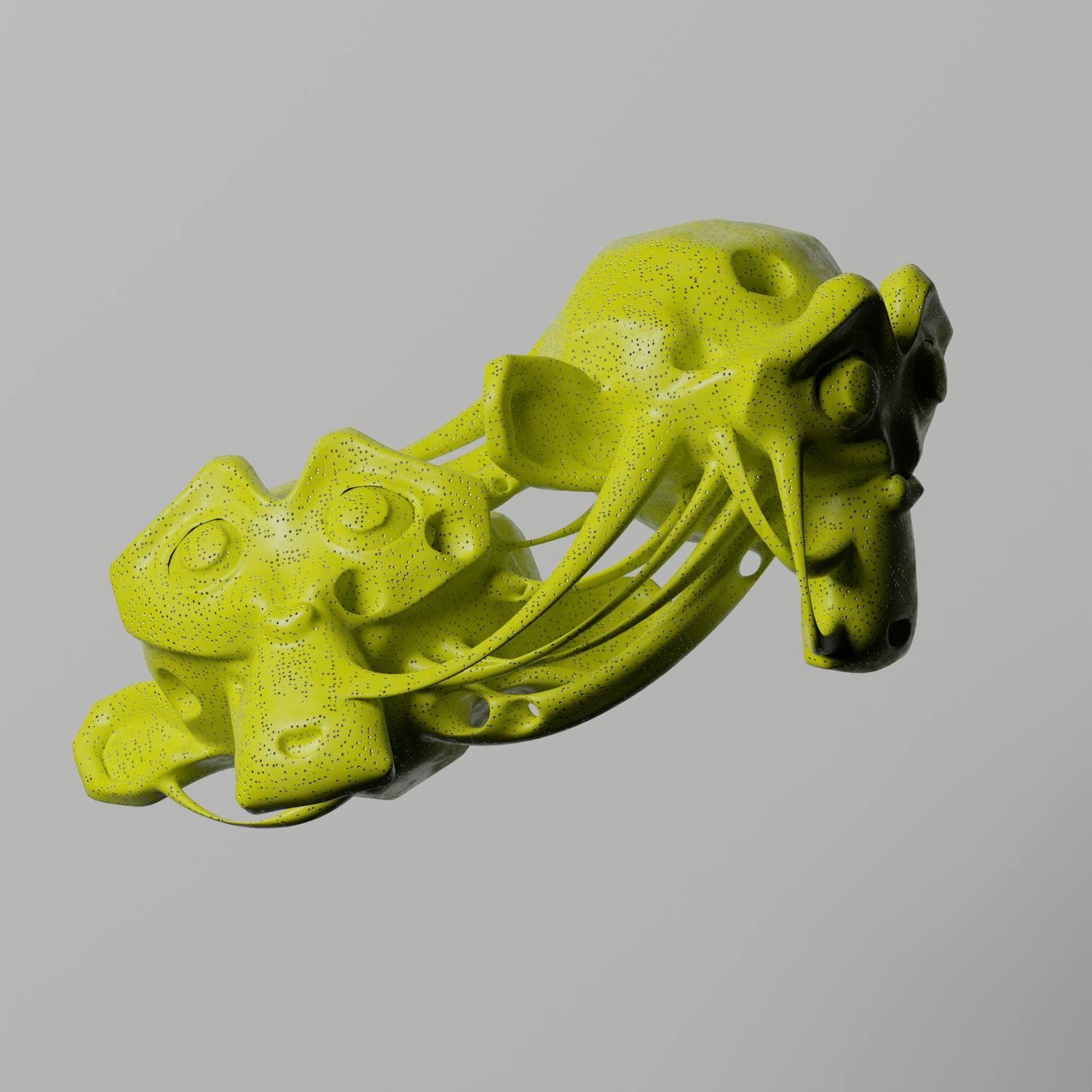German ‘Expressionist’ painter and printmaker Heinrich Campendonk (November 03, 1889 – 9 May, 1957), born in Krefeld, was a member of the Der Blaue Reiter Group from 1911 to 1912. By this time, Campendonk had discovered the theme, the harmony between beast & man, circle of life, and creation, which dominated his work. Campendonk experimented with gouaches, watercolors, and woodcuts. Macke, Marc, and Kandinsky deeply influenced the artist in these years. Heinrich’s creations were rhythmic in form initially, eventually transforming to multi-colored geometrical patterns. His most famous painting “Composition with Two Cows (Komposition mit zwei Kuhen),” was created during this period.
A gouache and watercolor on paper measuring 17″ x 21 ¼”, the “Composition with Two Cows” was made around 1913. Campendonk completed this beautiful creation when he lived in Sindelsdorf and had ‘Fauvist’ and ‘Futurist’ influence. This artwork is a chain of paintings, depicting farm animals in geometric prints, a theme that was also of interest to Franz Marc. Both the artists had a fascination for natural world depictions, especially rural scenarios. The difference in their work was that unlike Marc, Campendonk created his pieces with a luminous multihued palette, creating a transparent and overlapping look.
After 1916, Heinrich shifted to Seeshaupt at the Starnberger See and then travelled a lot. At this time, his painting style widened to accommodate subtle, flowing designs, with huge illuminated spaces, and a mood that reminded of fairytales. Campendonk would create an idyllic environment, inspired from his own inner experiences. His works are more instinctive than being rational or intellectual. Quite unlike the work of other contemporaries, Campendonk’s work did not reflect any sort of connection with the social and the political problems of those times. From the mid-1920s onwards, he was recognized for his glass paintings, particularly the windows of public buildings and churches, including the Landtag & Paulskirche in Dusseldorf and Essener Munster.
In 1933, when Nazis came to power, Heinrich Campendonk was termed a ‘degenerate artist,’ along with many other ‘Modernists,’ and was not allowed to exhibit his work. He therefore moved to the Netherlands and continued working as a teacher at Rijksakademie in Amsterdam and later became the Academy Director. Heinrich did not return to Germany even after the World War II. He stayed and died in Amsterdam, in 1957, but not before he had given the world memorable creations such as “Composition with Two Cows.”





